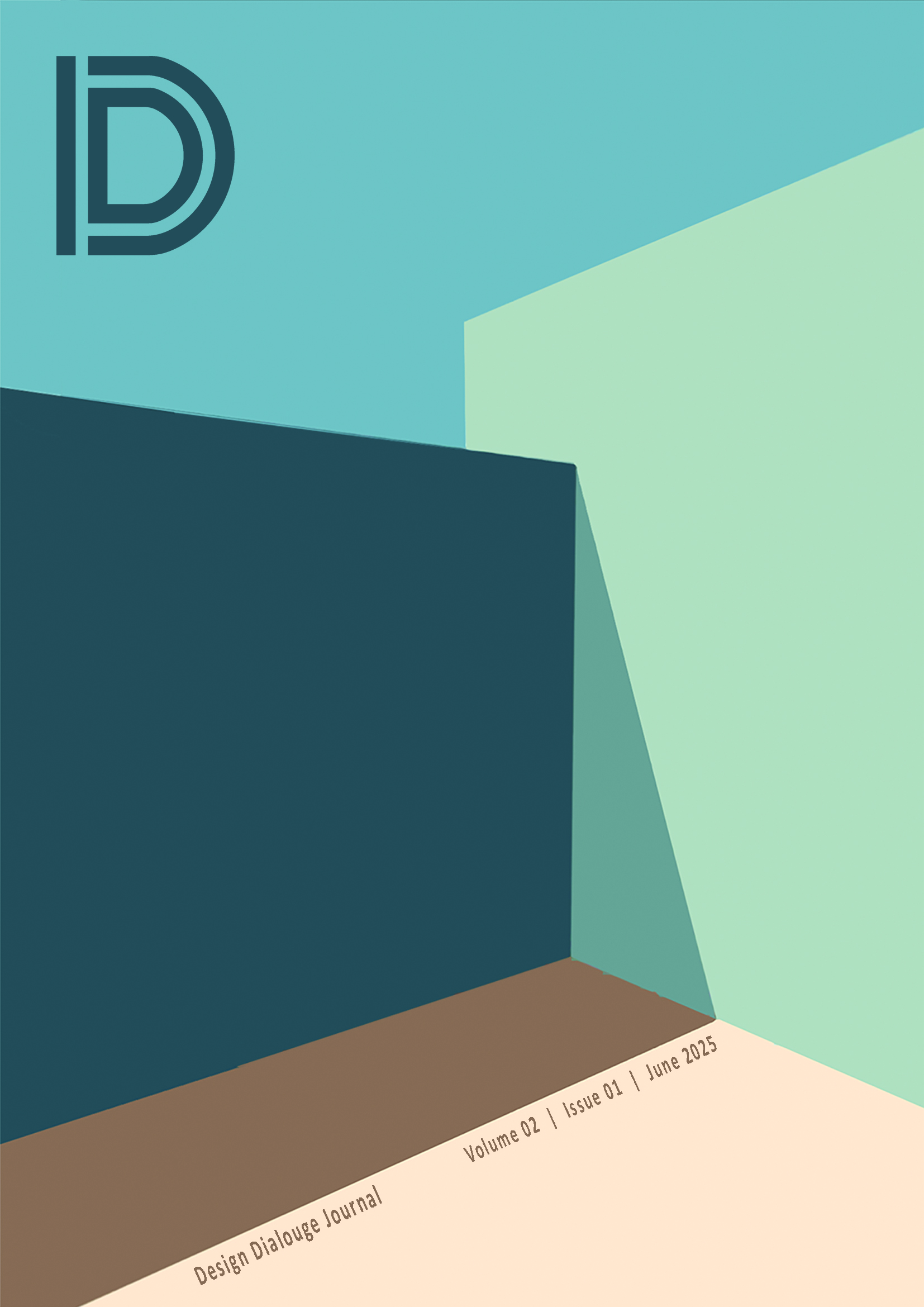Representation of Culture Through Architectural Space In Video Games: The City Of Saint Denis, Red Dead Redemption II
Keywords:
Representation, Culture, Red Dead Redemption II, Architecture, Video GamesAbstract
Video games especially in the 21st century serve as more than just entertainment. They are a reflection of realities of either the past, the present or the predicted future. Video games can serve as a way of learning about past cultures. RDR 2 is an excellent example on how video games can be used to teach about the culture, architecture and social dynamics of a particular era in a particular geographic location. The environment, characters, sounds and game mechanics make it a crucial case study in discussions about video games as potential means of educating students. The aim of this paper is to present an understanding of the western culture of the late 19th century through an analysis of the architectural environment of the town of Saint Denis in Read Dead Redemption II. The methodology used is a qualitative interpretive approach. It draws upon a cultural semiotic framework. The method involved interacting with the game, observing and capturing information in form of pictures. This then underwent semiotic analysis to identify the denotative (literal) and connotative (signified) meanings of the architecture in 19th century America both at an urban scale (macro) and architectural scale (micro). The findings show that RDR 2 does an excellent job in detailing the city of Saint Denis. The several building types and spaces such as industries, hotels, restaurants, Public Park etc portray a rich cultural city that is a representation of various themes. The themes depicted include those of industrialization, governance, urbanization, economic and technological progress.
Downloads
Published
Versions
- 30.06.2025 (2)
- 30.06.2025 (1)
License
Copyright (c) 2025 Design Dialogue Journal

This work is licensed under a Creative Commons Attribution-ShareAlike 4.0 International License.
The following license terms apply to all articles published in the Design Dialogue Journal:
Open Access Policy
Design Dialogue Journal is an open access journal. All articles are published and made freely available online immediately upon publication, without subscription charges or registration barriers. This ensures that your work is freely accessible to anyone, anywhere in the world.
License
All articles in the Design Dialogue Journal are published under the Creative Commons Attribution 4.0 International (CC BY 4.0) license. This license permits users to:
- Share — copy and redistribute the material in any medium or format
- Adapt — remix, transform, and build upon the material for any purpose, even commercially
Under the following terms:
- Attribution — You must give appropriate credit, provide a link to the license, and indicate if changes were made. You may do so in any reasonable manner, but not in any way that suggests the licensor endorses you or your use.
The full legal code of the CC BY 4.0 license can be accessed here.
Author Rights
Authors retain the copyright of their work and grant the journal the right of first publication. Authors also grant any third party the right to use the article freely as long as its integrity is maintained and its original authors, citation details, and publisher are identified.
User Rights
Under the CC BY 4.0 license, users are allowed to share and adapt the material for any purpose, even commercially, as long as they attribute the work appropriately. This means that readers can freely access, download, distribute, and build upon the articles as long as the original authors and source are properly credited.
Compliance with Funding Body Requirements
Design Dialogue Journal supports authors in meeting the requirements of funding bodies. Articles published under the CC BY 4.0 license are compliant with major funding body policies, allowing authors to meet the criteria for open access publication.
Commercial Use
For permissions beyond the scope of this license, such as for commercial use or creating derivative works, the terms of the CC BY 4.0 license apply. Explicit permission is not required for commercial use under this license.
By submitting to Design Dialogue Journal, the authors agree to the terms of this license. If you have any questions regarding the license terms or the use of your work, please contact the journal's editorial office.


